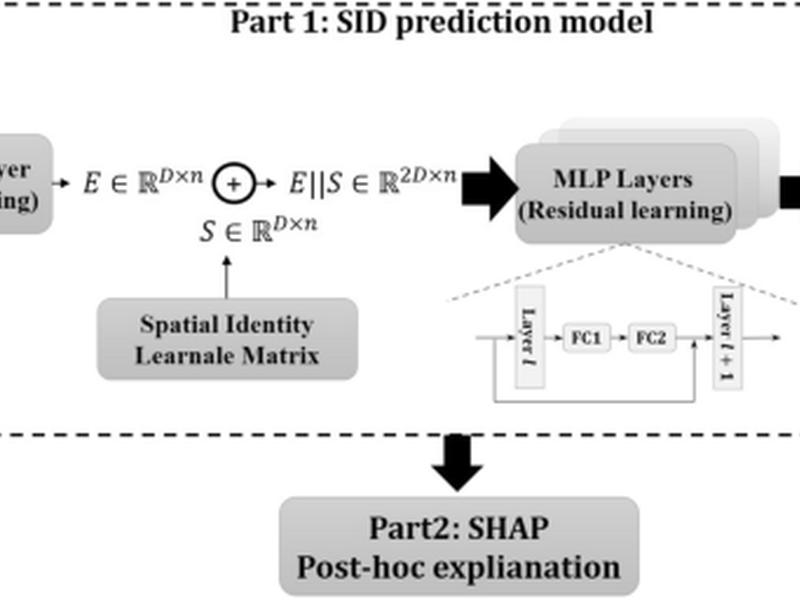This article discusses the two main categories of epidemic prediction: traditional statistical models and deep learning models. Traditional statistical models such as the Susceptible-Infective-Recovered (SIR) model and AutoRegressive Integrated Moving Average (ARIMA) are used to predict the number of infections in the context of an epidemic. However, these models are limited in their ability to handle complex nonlinear relationships. In recent years, deep learning models such as Long Short-Term Memory (LSTM) neural networks and Bidirectional Encoder Representation from Transformers (BERT) have been used to predict epidemics and have achieved better results than traditional statistical models.

